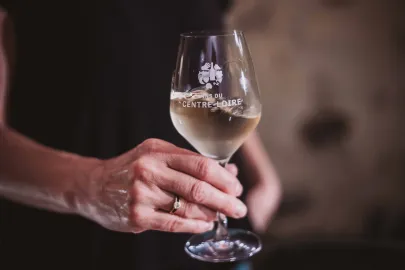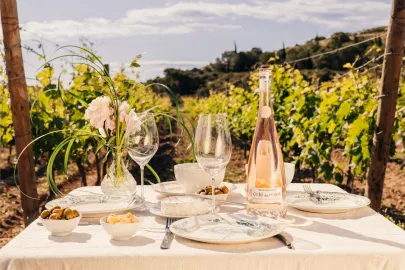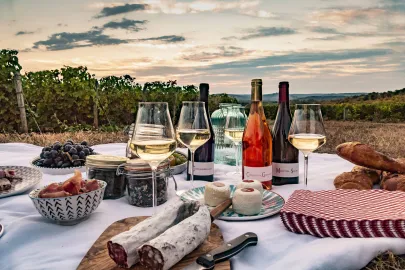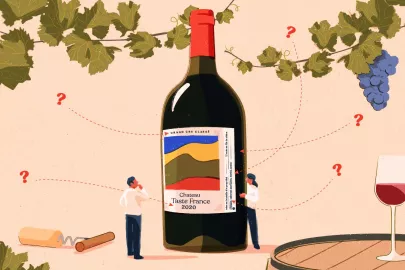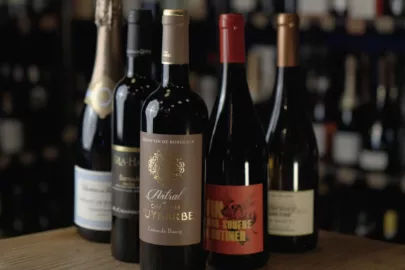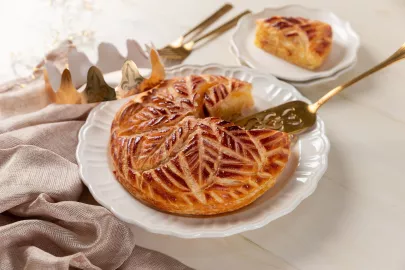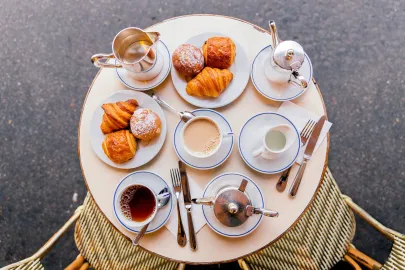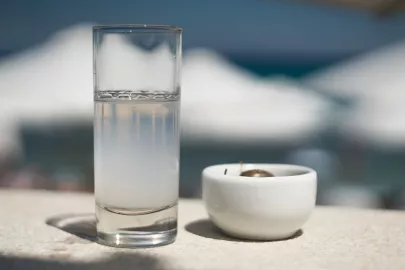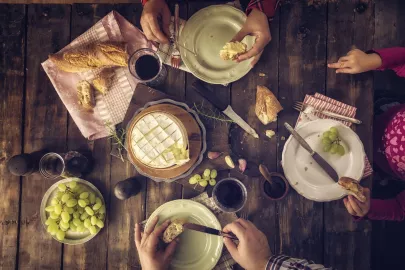It’s one of the pieces of information on a wine label that tends to catch our eye. Because each vintage has a reputation, and some better than others.
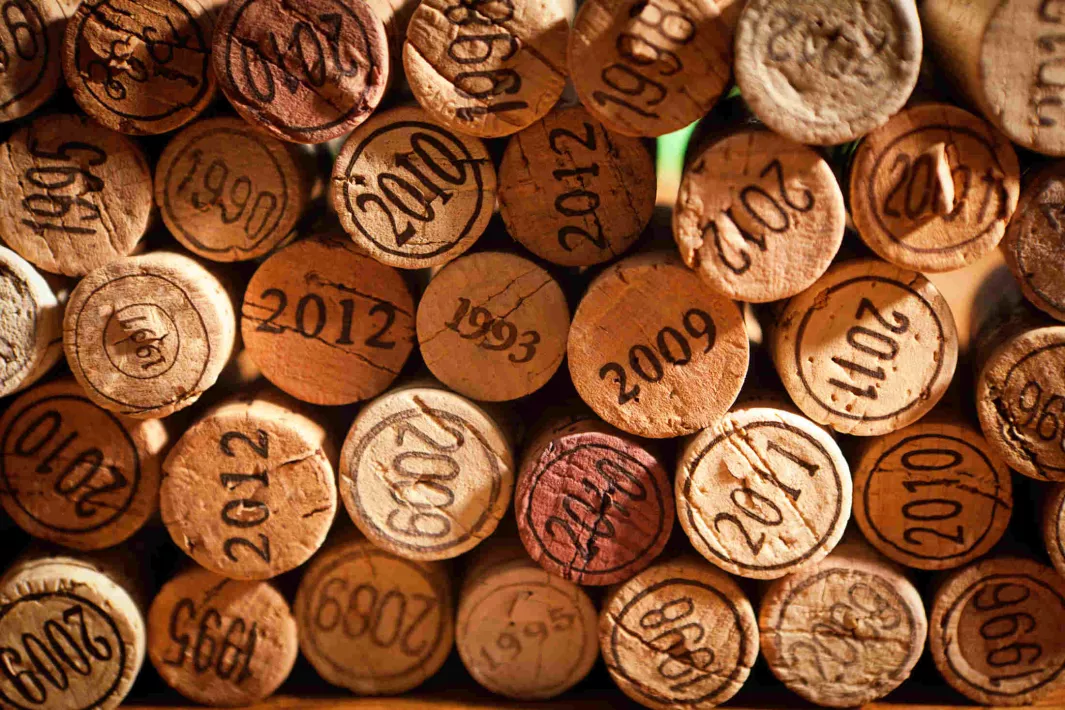
Most wine labels include it – all wines recognized by a Controlled Designation of Origin or Protected Designation of Origin, at least. We’re talking about the vintage. Let’s avoid any confusion from the start. The vintage indicates the year of harvest, not bottling, although the two may be the same for vins primeurs, or “new wines,” like Beaujolais nouveau. There are various reasons that the year may not appear on the label. The Vin de Pays and Vin de Table classifications for local and table wines are not allowed to indicate a year, and most champagnes are made from a blend of wines from different years.
Vocab lesson…
There’s a question that’s almost always on everyone’s lips in the wine world: so, how is this year’s vintage looking? The weather brings a steady stream of predictions until harvest time and sometimes even afterwards. All winegrowers dream of abundance and quality. Low yields and lackluster grapes are the stuff of nightmares. Most often, the actual result lies somewhere in the middle. There are abundant vintages lacking in quality, and vice versa. The intricacies are expressed in the vocabulary used, which is often meteorological. People tend to describe vintages as “solar,” “cool,” “sunny” or “rainy.” The underlying question that wine connoisseurs want to know the answer to is, how will the vintage age? A vintage that is “de garde” – for keeping – denotes a great crop that has produced wines that will get better as the years go by... five, ten, twenty or even more. The stand-out vintages in recent history are 1947, 1961, 1989 and 2010.
Vintage charts: a must!
There’s even a grading system. The Compagnie des Courtiers Jurés-Experts Piqueurs de Vins, a group of wine experts that has existed for 700 years, are specialists in the field. Their first vintage ratings date back to 1914. In 1940, they invented their famous vintage chart, at the suggestion of the travel enthusiasts at the Touring Club de France, who wanted a way for their members to decipher the wine menus at the restaurants they stopped at. Ever since, a commission has met annually to give its opinion on the current vintage and on how previous ones are aging. Vintages are rated on scales of stars and points, and the results are used to produce a three-part chart with about twenty vintages for each major wine region. Because a vintage may be good in one region but less so in another. It’s important to note that the charts describe overall trends, but don’t imply all the wines from a middling vintage will be mediocre. Because when all is said and done, what really matters is what happens at the estate and how inspired the winegrowers are. That’s why challenging vintages are sometimes called “winegrowers’ years.” It’s when the going gets tough that their talent shines through.
Contributor

Editor

